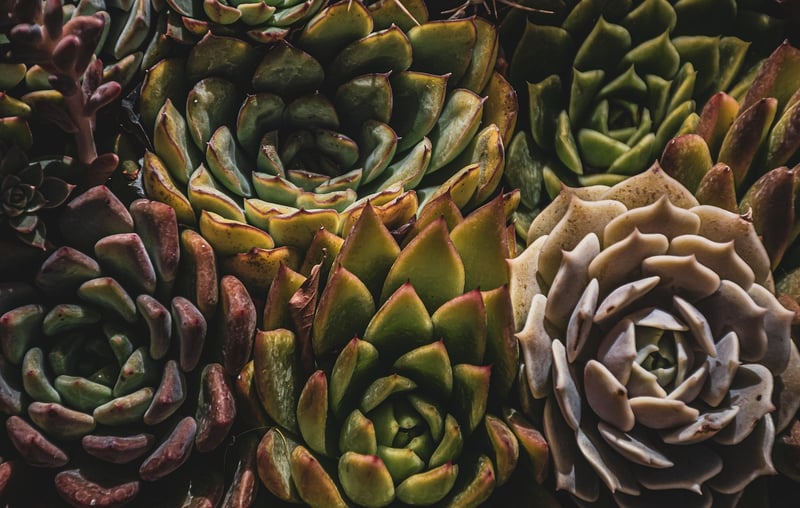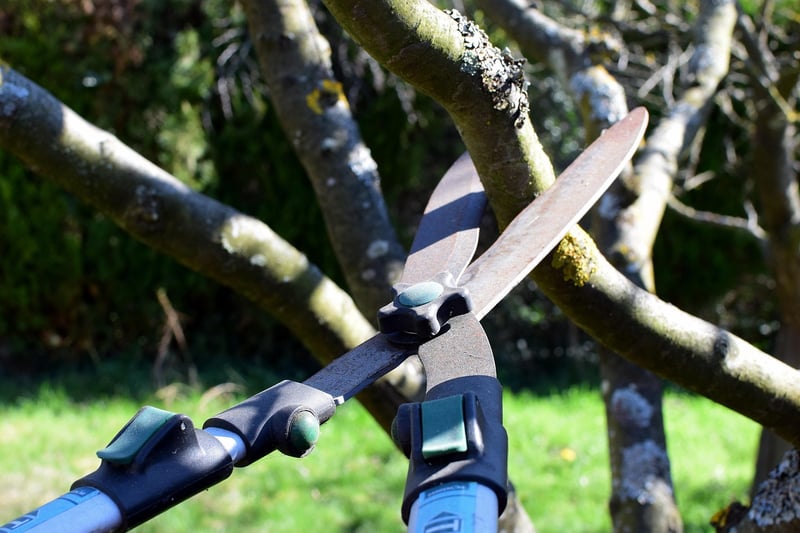Pruning Techniques
Essential Care Practices for Healthy Plants
Introduction
Welcome to our guide on essential care practices for maintaining healthy plants. Whether you are a seasoned gardener or just starting out, understanding the basics of plant care can help you create a thriving garden or indoor oasis. In this article, we will cover key practices to ensure your plants stay healthy and vibrant.
1. Watering
Proper watering is vital for plant health. Different plants have varying water requirements, so it's essential to research the specific needs of each plant in your care. Overwatering can lead to root rot, while underwatering can cause wilting and stunted growth. Check the soil moisture regularly and adjust your watering schedule accordingly.
2. Light
Light is essential for photosynthesis, the process by which plants create energy. Ensure your plants receive adequate light based on their specific requirements. Some plants thrive in direct sunlight, while others prefer indirect or shaded conditions. Position your plants accordingly to promote healthy growth.
3. Soil and Fertilization
Quality soil provides essential nutrients for plant growth. Choose a well-draining potting mix tailored to the needs of your plants. Fertilize your plants regularly but avoid over-fertilization, which can harm the roots. Follow the instructions on the fertilizer package and adjust based on your plant's response.
4. Pruning
Pruning is a crucial practice that promotes plant health and encourages new growth. Regularly trim dead or damaged leaves and branches to prevent diseases and improve overall plant appearance. Proper pruning techniques vary among plant species, so research the specific requirements for each plant in your care.
Pruning Techniques
1. Sterilize Your Tools
Before pruning, ensure your cutting tools are clean and sharp. Sterilize them with rubbing alcohol or a household disinfectant to prevent the spread of diseases between plants.
2. Identify Problem Areas
Inspect your plant for dead, damaged, or diseased branches. These areas should be pruned to promote healthy growth and prevent the spread of infections.
3. Make Clean Cuts
When cutting branches, make clean cuts close to the main stem or branch. Avoid leaving stubs, as they can attract pests and diseases. Cut at a 45-degree angle to promote healing and growth.
4. Monitor Growth
After pruning, monitor your plant's growth and adjust your pruning schedule as needed. Regular maintenance pruning can help shape the plant and maintain its overall health.
Conclusion
By following these essential care practices and pruning techniques, you can ensure that your plants remain healthy and vibrant. Remember to research the specific needs of each plant in your care and adapt your care routine accordingly. Happy gardening!


